Gall bladder is a small sack located in your abdomen, on the left side of your stomach behind the liver. The function of the gall bladder is to hold and release liver product, digestive concentrate fluid called bile. Bile is passed through the bile duct digesting the food by breaking down fats and other food ingredients in your intestines into small pieces.
Gallstones are formed in cases when parts of hard cholesterol or mineral stones are left behind in your gallbladder. Gallstones can be bigger, in which case they produce massive symptoms, or smaller, in a way that you do not even know you have it. Gallbladder surgery is called cholecystectomy in which case the gall bladder is removed completely.
Gallbladder Surgery Complications
There are several gallbladder surgery complications and side effects. Truth is that most people do not have any problems after surgery, and with a healthy diet, they lead normal lives. But just to be on the safe side here is a list of a few possible side effects and complications in gallbladder surgery:
Elevated blood cholesterol levels
After the surgical removal of a gallbladder, there is no more storage for the bile in the body and this leads to problems with fats digestion, and as a result, you may have elevated level of cholesterol of in your blood. So you must be careful to maintain a healthy low cholesterol diet during the post-operative period.
Infection of incision
In cases where post-operative care is not adequate, there may be infection of the incision. Redness and pain will alert you to this case.
Injury of the bile duct and bile leak
Because most gallbladder surgeries are performed by laparoscopy, which is the procedure when the surgeon inserts instruments through the bile duct, there is a possibility of mechanical injury to the bile duct. This injury may lead to a bile leak and abdominal pain. Bile leak can also happen after gallbladder removal, there is nothing to hold the bile that is being produced. This postoperative complication is unfortunately incurable.
Biliary colic
Die to a spasm of the gallbladder sphincter there may be colicky pain in the abdominal region. This is one of the most common complications of gallbladder surgery. In cases where symptoms of biliary colic are severe, there is a surgical procedure called sphincterotomy is performed in order to ease the pain.
Slip of the clip
After the gallbladder removal, the remaining part of a bile duct is clipped to prevent bile leaks and other complications. In some rare cases, clipped parts may be dislocated, causing pain.
Symptoms resembling gallbladder attacks
Symptoms resembling gallbladder attacks can happen even after the gallbladder is removed, and it may be nausea, vomiting, indigestion, etc. This may come as a surprise to patients who decide to have gallbladder surgery because of these same problems. Further treatments are necessary in those cases.
- There were 97 (13.1%) intraoperative complications (IOC). Iatrogenic perforations of a gallbladder were the most common complication - 39 patients (5.27%).
- Among the postoperative complications (POC), the most common ones were bleeding from abdominal cavity 27 (3.64%), biliary duct leaks 14 (1.89%), and infection of the surgical wound 7 patients (0.94%). There were 29 conversions (3.91%). The presence of more than one complication was more common in males (OR = 2.95, CI 95%, 1.42-4.23, p
- An especially high incidence of complications was noted in patients with elevated white blood cell count (OR = 3.98, CI 95% 1.68-16.92, p
- The increased incidence of complications was noted in patients with ultrasonographic finding of gallbladder empyema and increased thickness of the gallbladder wall > 3 mm (OR = 4.63, CI 95% 1.56-17.33, p
- Both biliary and nonbiliary complications take an important place in the published studies. The most common biliary complications described are lesions of the common bile duct, lesions of the right hepatic duct, and perforation of the gallbladder with spilt calculi. Vascular injuries, injuries to the intestine, diaphragm, and iatrogenic pneumothorax represent the most important non-biliary complications.
- The experience of the surgical team with the operative technique and equipment are important factors in preventing the complications. Surgeons who performed less than 100 laparoscopic cholecystectomies had more complications compared to surgeons with the greater number of surgeries. Contrary to that, there are other studies that show that surgeons with the greater number of laparoscopic surgeries have more complications.


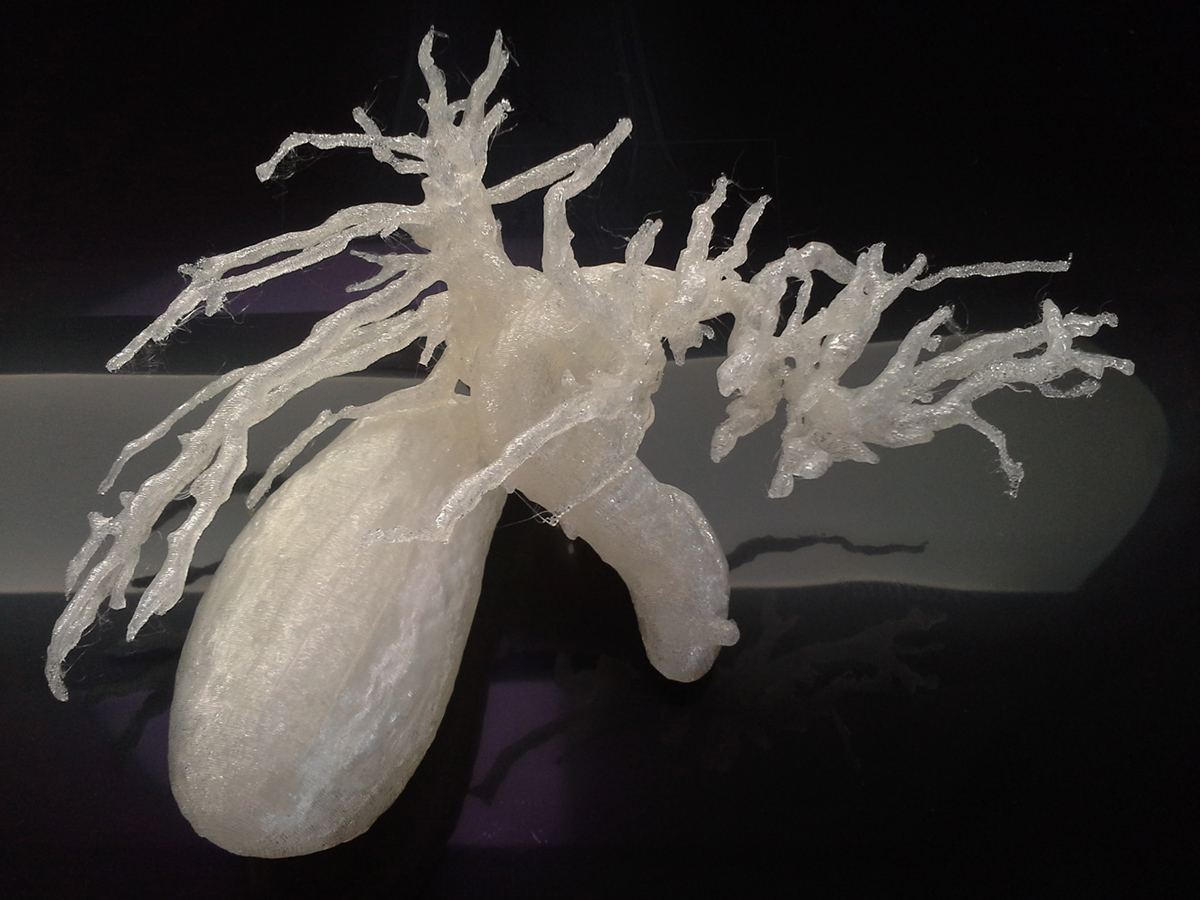
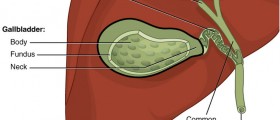


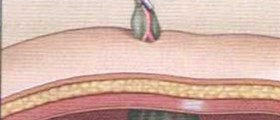
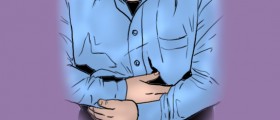






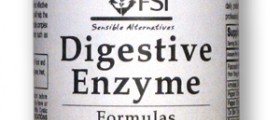

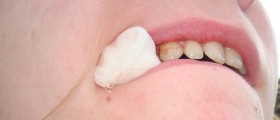
Your thoughts on this
Loading...